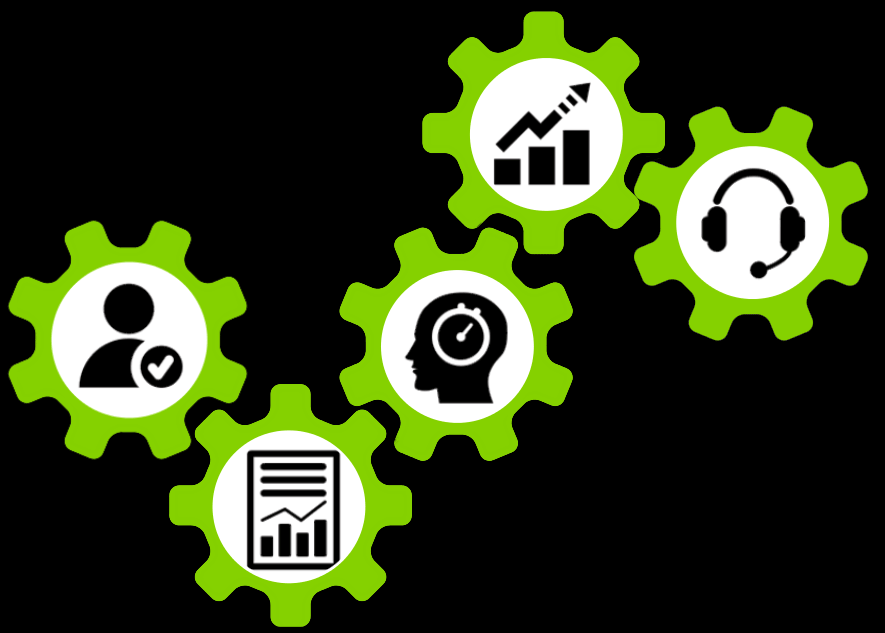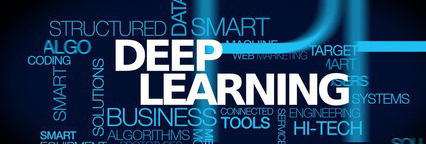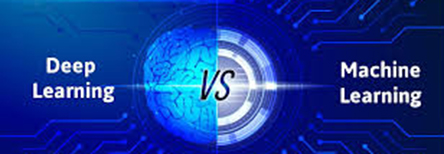Deep Learning
Disruptions vs Learning
The business world has evolved into a much more difficult and competitive environment. This situation has been exacerbated by disruptive changes in the global economy. The potential of more agile competitors to disrupt the businesses of incumbents have never been more likely.

Disruptions and Opportunities
Six D’s of Exponentials:
a road map to rapid development,
creating upheaval & opportunity
- Digitization: Anything that can be digitized can lead to the same exponential growth we find in computation. Anything that is digitized, or alternatively virtualized, is unencumbered by physical law and thus cost less to mass produce and moves faster in dissemination.
- Deception: Once digitized or virtualized, initial growth deceptively appears linear but given time, exponential growth becomes obvious. Once the growth of a competitor hits this transition, it is too late for most others to catch up.
- Disruption: Existing markets tied to the physical world will become extinct, such as music, photography, etc., as new markets are created that are more effective and less costly.
- Demonetization: As costs head towards zero, so does the ability to solicit a payment for it. Thus, a business has to reinvent its revenue model or come up with new ways of monetization.
- Democratization: Billions of people have now affordable access to most of the technologies and most means of production out there, a fragmentation where artists can afford to publish their own books, music and videos. Thus, smaller players are able to compete with big corporations or the wealthy entrepreneurs.
- Dematerialization: More and more physical products will be replaced by more convenient and accessible alternatives. Look at a 1990 home-office desk, now entirely replaced by your laptop or smartphone:

From PUSH to PULL
In order to survive these disruptions, enterprises need to drastically by re-engineer their business operations.
Companies need to change their Push-based Model of pushing all their assets in line just in time to meet their 5-year forecast, because most predictions are now way off.
Therefore, this model needs to be replaced by a Pull-based model. This model consists of scalable pull-platforms, only used whenever and wherever you need them.
There are 3 levels of Pull:
- Notion of Access: how to find the resources needed now.
- Notion of Attraction: how to attract the right people at the right moment.
- Notion of Potential: How to pull out the potential that is within everybody, so that people can use more of it?
Learning needs to be accelerated to be able to continually improve one’s performance.
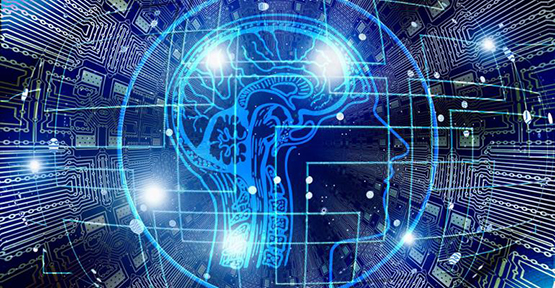
Platforms to Combat Disruptors
John Hagel proposes 4 kinds of platforms that leverage networking effects as an organizational mechanism to combat most disruptive businesses:
- Aggregation Platforms: These are marketplaces, whose focus is on facilitating transactions among participants, like eBay. They are Database Platforms.
- Social Platforms: Rather than a hub and spoke model, these platforms encourage longer relationships among participants, but can also lead to agglomerations of cliques with common interests, like Facebook / Twitter.
- Mobilization Platforms: These are process platforms that facilitate the coordinated action of a group of people in a task that takes considerable time to complete, Open Source is where many participants contribute together in complex ways to build and maintain a product. In B2B, process platforms are a goal to accomplish something.
- Learning Platforms: A more dynamic and adaptive environment where a group of people comes together to collectively learn how to address a more complex problem, by connecting with each other to ask questions, share experiences and provide advice. Open source projects that are actively managed with distributed source control, test driven development, issue tracking, and continuous integration is a good example of a learning platform. The key ingredient here is the learning mechanism that gets codified continuously. Software development is intrinsically a learning process.
Implied Knowledge
We need to create new tacit (implied) knowledge. Tacit knowledge is the kind of knowledge that is difficult to transfer to another person by means of writing it down or verbalizing it. For example, that Amsterdam is in the Netherlands is a piece of explicit knowledge that can be written down, transmitted, and understood by a recipient.
For tacid knowledge, small groups have to be formed, and actively engage with each other. World of Warcraft is a good example. Teams are connected out to find what they need outside of the group.
Team learning versus individual Learning
The more people get involved in a platform, the more aggregated value gets created, in the form of non-linear, exponential network effects. In the learning platform, there is a 2nd order of return in learning: When each participant is also learning from the others, then the total performance output will be exponentially more. Learning platforms will therefore create a greater economic value.
The Learning platform, comprises elements of all the others. As people can learn faster in such a platform, they get more excited. The total value of the network is rapidly expanded through this learning NW. They can be staged over time. The biggest mistake in platform strategies and PTF development is over-engineering the platform initially. The notion to built functionality over time is an important concept.
Someone created a reputation profile who those who provide solutions to problems. The system provides points and recognition, but also specify the area of expertise that was demonstrated through the solutions they provided. What applications were used, etc. So not what they could do because of their background but what they actually did.
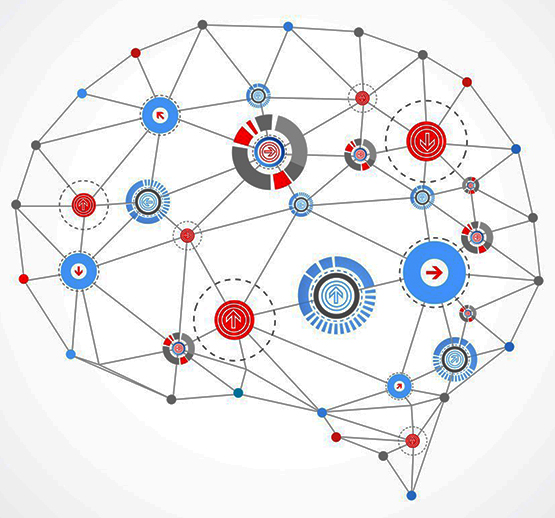
Learning Platforms
One group wants to engage around the common area of interest, like Controlled Environment Agriculture. That could lead to coming together to solve problems or develop together new products/services. Deep relationships can develop from these learning circles. Low investment and accelerated returns, create interesting learning loops, to address emerging needs.
The experience curve is an accurate descriptor of how performance improves in all kinds of industries, but it had 1 problem: it is a diminishing return’s curve. The more experience you have in a particular sector, the more difficult it will be to get the next performance improvement.
Learning Platforms give the opportunity the reach the next step faster. Change from a diminishing to an increasing returns curve. The more participants in the platform, the faster the learning and performance accelerates. A powerful way to address the ever-growing performance pressure.
This platform involvement is not an option or opportunity, but an imperative. Those companies that cannot figure out how to harness the platforms, are going to be increasing marginalized and ultimately pushed off the playing field.
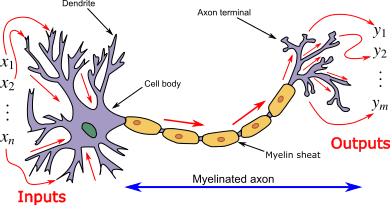
Platform involvement is Not just an interesting way to improve the bottom line, but a way to stay alive.
Effective Business-Process Re-engineering. requires us to go beyond seeking out optimization opportunities through automation. The days of businesses structured like machines are over. The new focus is agile processes.
Leading companies today have adaptive and nimble processes, and it is from this vantage point to discover opportunities that can lead to networking effects. So instead of optimizing processes, re-imagine them as platforms.
For legacy industries and companies, the surest way to make a key process more robust, resilient and less vulnerable to disruption is to platformize it.
The future of process innovation is platformization; the future of platforms belongs to those processes that make platform users more valuable.
